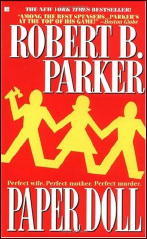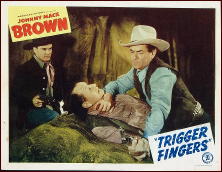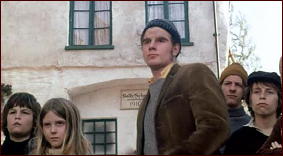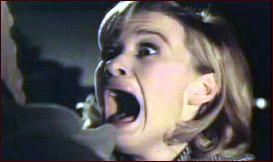Tue 3 Jan 2017
A PI Mystery Review by Barry Gardner: ROBERT B. PARKER – Paper Doll.
Posted by Steve under Reviews[8] Comments
ROBERT B. PARKER – Paper Doll. Spenser #20. Putnam, hardcover, 1993. Berkley, paperback, 1994.

Most of us bring a lot of baggage to the table when it comes to reviewing a new Spenser, probably to the reading of it as well, but certainly to reviewing. With the 20th, I’m going to do my damnedest to forget all the very good and egregiously bad about the first nineteen, and consider PD as though it were written by a brand-new author. And good luck to me.
Spenser is hired by a wealthy Bostonian to investigate the murder of his wife, who has been bludgeoned to death on the street in what the police believe to have been a random act of violence. The grieving widower doesn’t necessarily doubt this, but feels he has to know.
So Spenser, lacking any other avenue of approach, begins to look into the murdered woman’s past for clues to her demise in the present. All the rocks under which he peers furnish surprises, and before he can get off a bon mot he ends up in South Carolina among some fairly hostile inhabitants, being hassled by the local law and making the acquaintance of some local faded aristocrats. Parker’s South is … different.
Remember what I said I as going to try to do? Couldn’t do it. If I could’ve, though, I would have said that this was an excellently written book with intriguing characters, a pretty light-weight plot, and not-too-believable end. Given that I couldn’t, I’ll tell you that it was the least violent Spenser in ages, maybe ever. Of course, that meant that Hawk was hardly around at all, and I missed his bad ass. Susan and Quirk were both present, however.
Parker can’t write a book that isn’t almost compulsively readable, and this is no exception. If I could have believed in the ending a little more I might have given it an A. I’ll give it a solid B minus, anyway.


